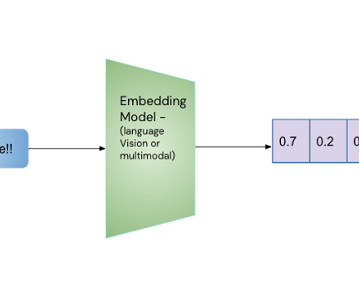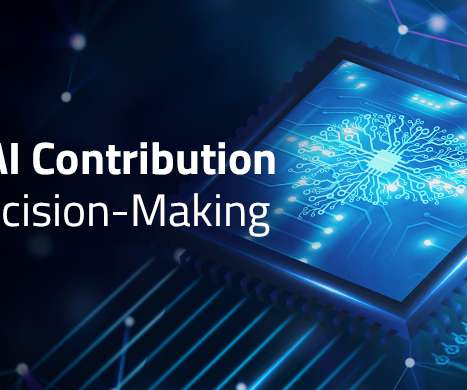Financial Data & AI: The Future of Business Intelligence
Defined.ai blog
AUGUST 10, 2023
Businesses can transform raw numbers into actionable insights by applying AI. For instance, an AI model can predict future sales based on past data, helping businesses plan better. Interpreting these requires a keen understanding of your business context and the specific problem the AI was set to solve.













Let's personalize your content